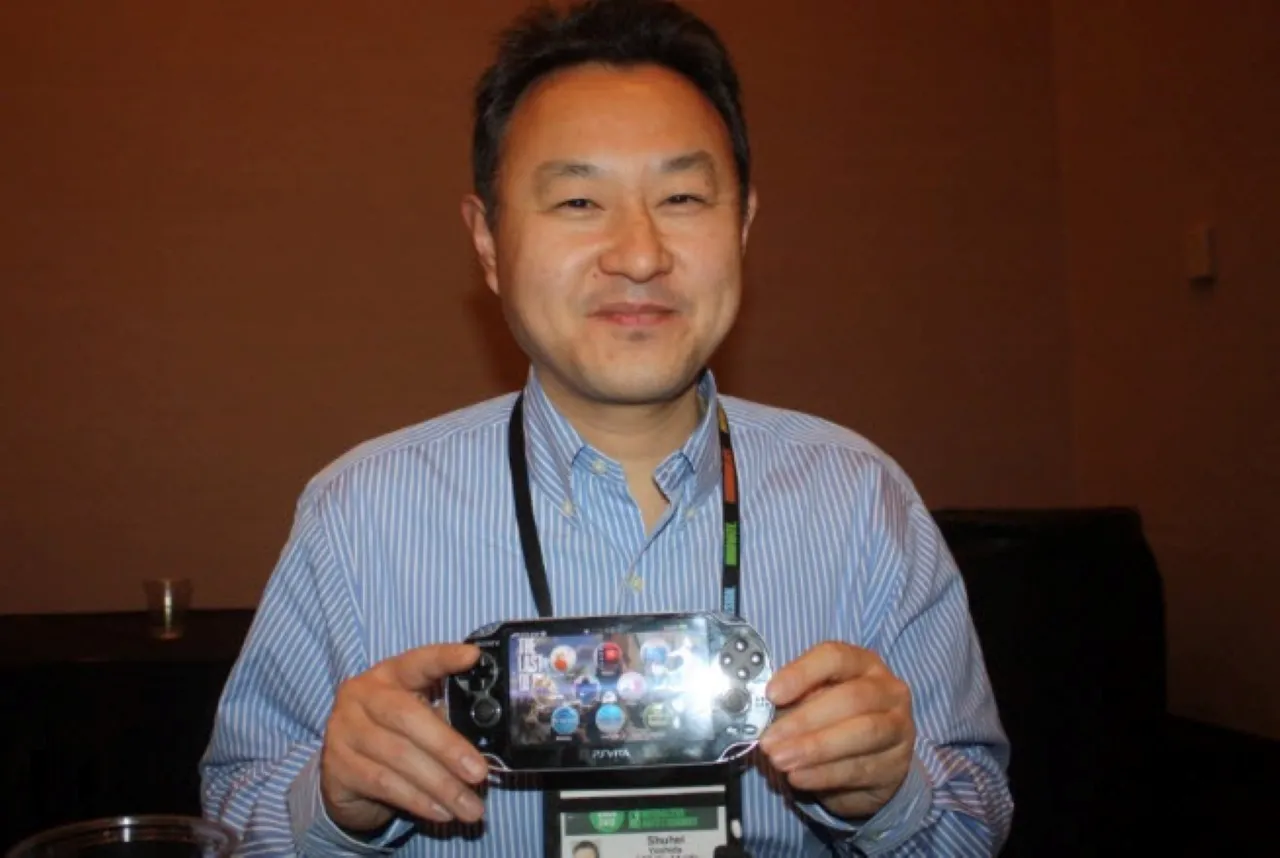
Why the PlayStation Vita Failed: Insights from Shuhei Yoshida
The PlayStation Vita, Sony’s ambitious handheld gaming console, ultimately didn’t achieve the commercial success Sony had hoped for. Shuhei Yoshida, former President of Sony’s Worldwide Studios for PlayStation, recently shed light on the factors contributing to the Vita’s downfall in an interview with Kinda Funny Games. While acknowledging a dedicated user base who enjoyed the device, Yoshida pointed to several key issues that hindered its wider adoption.
 Former PlayStation Executive Shuhei Yoshida Discusses PS Vita's Failure
Former PlayStation Executive Shuhei Yoshida Discusses PS Vita's Failure
One significant factor was the technical choices made during the Vita’s development. Yoshida admitted that the proprietary memory cards were a misstep, forcing consumers to spend extra money for storage. This added cost likely deterred potential buyers, especially given the increasing availability of affordable microSD cards for other devices. He also cited the rear touchpad and the OLED screen as unnecessary additions that increased the hardware cost without significantly enhancing the gaming experience. While the OLED screen provided a visually appealing display, its inclusion contributed to a higher price point for the Vita. Furthermore, a video-out port, initially included for developers, was removed from the retail units to cut costs, a decision that potentially limited its appeal to developers and consumers alike.
The primary reason for the Vita’s struggles, according to Yoshida, was the lack of dedicated first-party game support. Sony’s resources were stretched thin supporting both the PlayStation 3 and the upcoming PlayStation 4. This division of resources meant fewer development teams were available to create exclusive titles for the Vita. This lack of compelling software further hampered the Vita’s ability to compete with the Nintendo 3DS, which enjoyed a steady stream of popular first-party releases.
 PS Vita Development Challenges
PS Vita Development Challenges
With PlayStation Studios having to prioritize development for the larger console market, the Vita often took a backseat. This ultimately led to the cancellation of numerous Vita projects as resources were shifted towards PS4 development. Yoshida contrasted this with Nintendo’s strategy with the Switch, where the company consolidated its handheld and console development efforts onto a single platform. This focused approach allowed Nintendo to dedicate its resources to creating a strong lineup of games for the Switch, contributing significantly to its success.
In conclusion, the PlayStation Vita’s failure was a result of a combination of factors, including questionable technical decisions, expensive proprietary memory cards, and, most importantly, a lack of dedicated first-party game support. The limited software library ultimately proved to be the Vita’s Achilles’ heel, preventing it from reaching its full potential. Yoshida’s insights offer valuable lessons for the gaming industry, highlighting the importance of strategic resource allocation and the crucial role of compelling software in driving hardware adoption.





Comments (0)